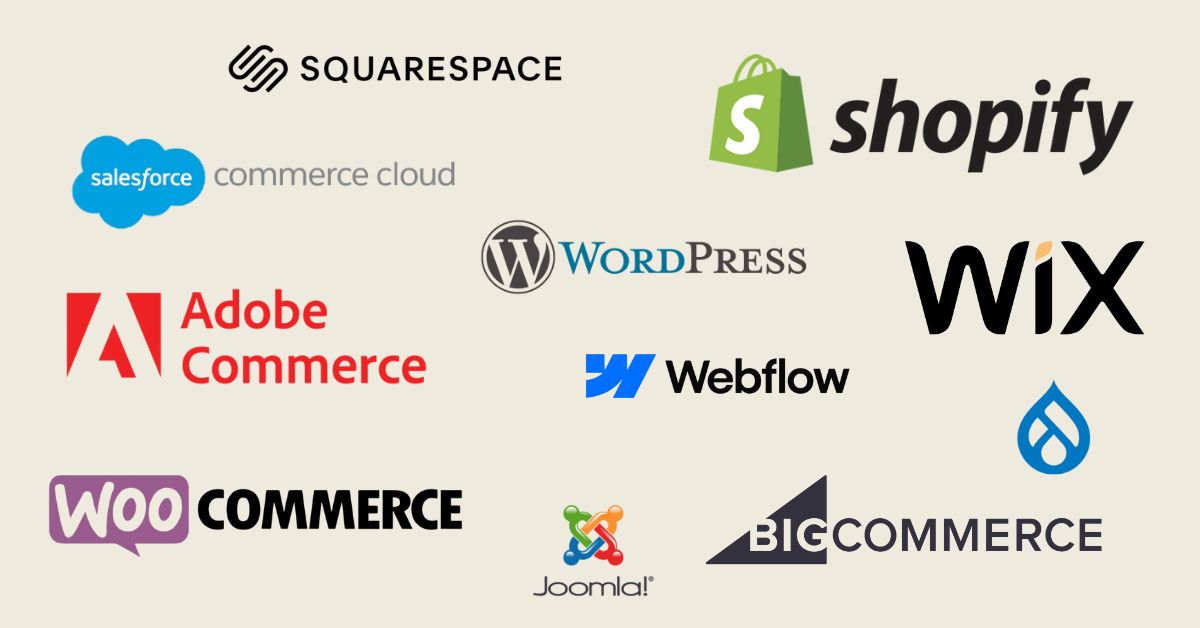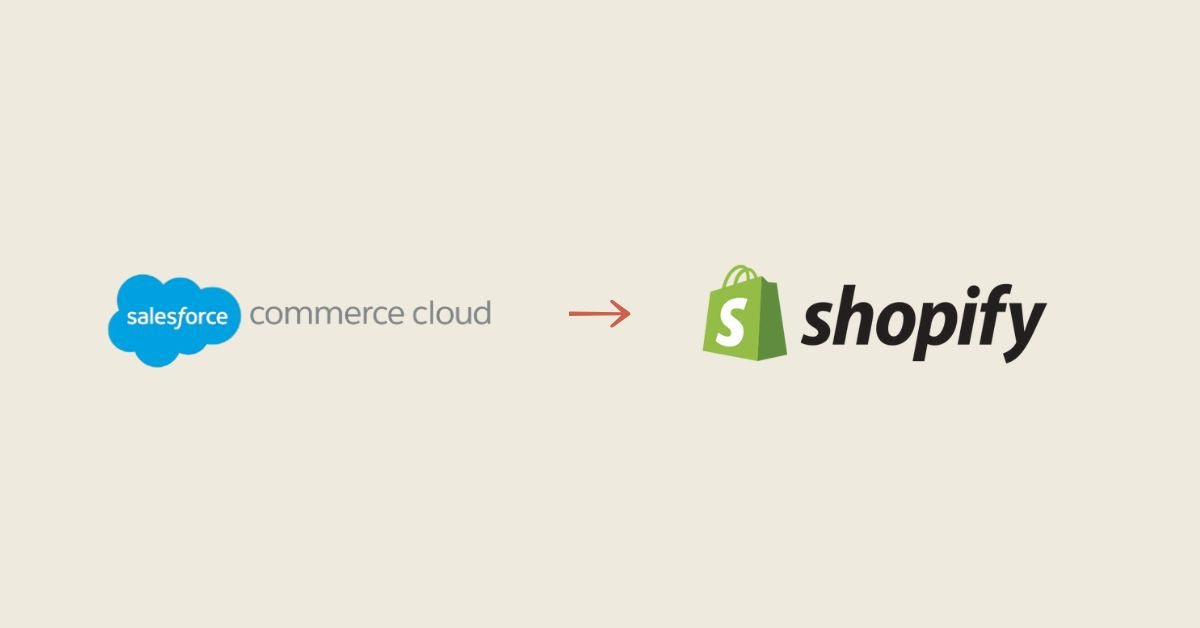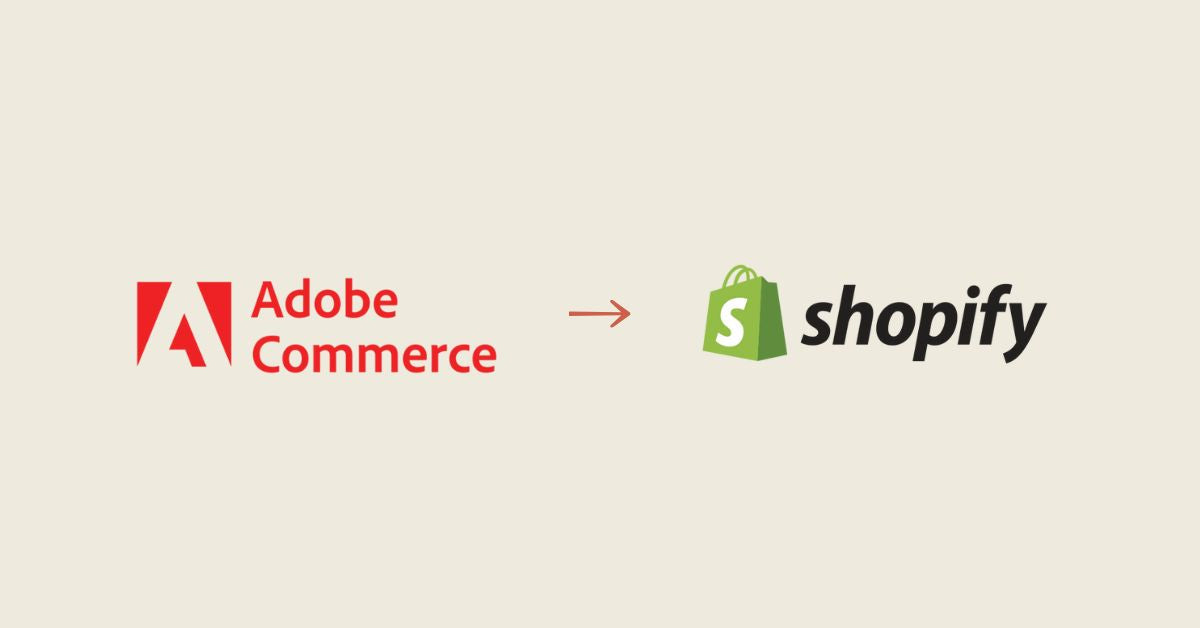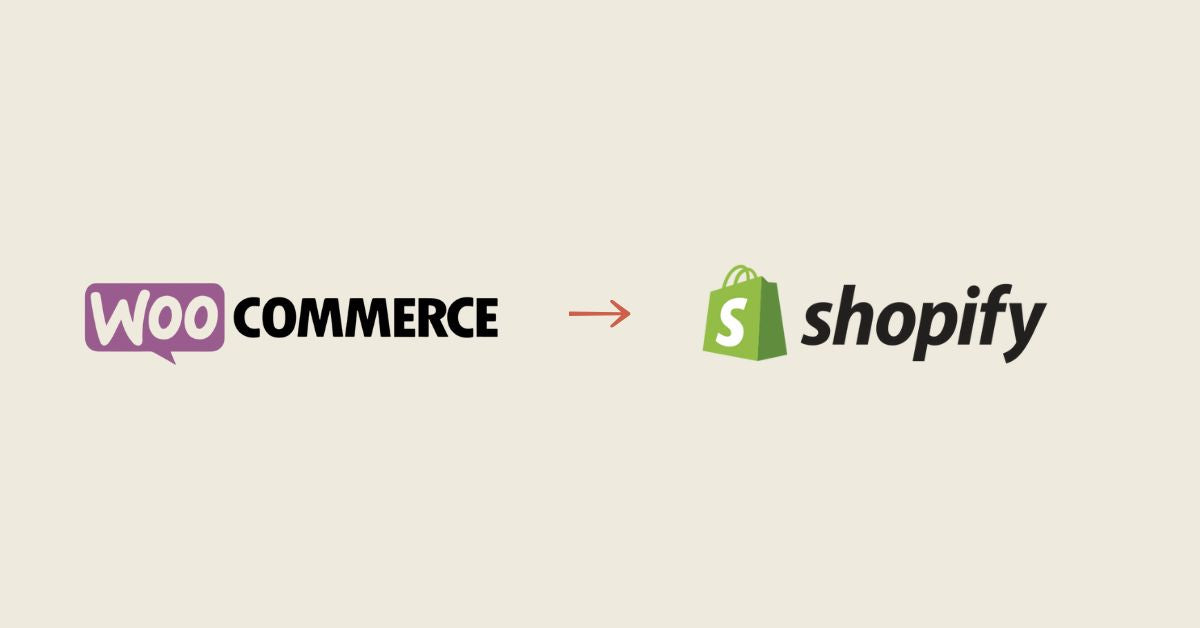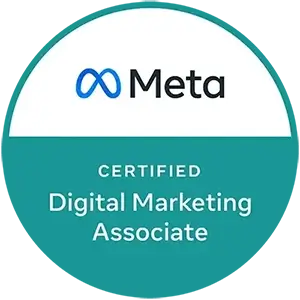Want to grow your business online at all levels? There's one thing you need to know before you begin: what's the difference between search engine optimization ( SEO ) and search engine marketing (SEM).
SEM – Search Engine Marketing
SEM, or search engine marketing, occurs when you use paid search strategies to increase your website's visibility on search engines and increase traffic to your website. These tactics include using a budget that pays for visible ads related to a searcher's query. This is called cost-per -click or paid search .
Search engine marketing works through purchased keywords and advertising. Website owners allocate a budget to bid on keywords that searchers might use in their search queries. SEM works well regardless of the budget size. These paid keywords then appear alongside the searcher's results in the form of an ad.
What are the differences between SEO and SEM?
The main difference between SEO and SEM is that SEO is free and relies on organic search strategies, while SEM is costly and relies on paid advertising. Additionally, SEO takes time to take effect, while SEM is instantaneous.
SEO and SEM are powerful marketing strategies that offer businesses numerous benefits . Deciding which one to use (or even both simultaneously) is up to you. If you're looking to increase the value of your website over time and avoid paying for ad placements, SEO is the way to go. If you want to immediately reach the top of search results and get an instant boost in traffic, SEM is the way to go.
Ready to dominate SEO in 2023 and drive more traffic to your website? Don't miss our Ultimate Guide to SEO in 2023 , a must-read eBook that reveals all the winning strategies for optimal online visibility!
Learn how to improve your search engine rankings, attract a targeted audience, and boost your organic growth.
Click here to download your free copy and become an SEO expert in 2023! Don't miss this opportunity to transform your online presence and generate more success for your business . Download our guide now !

SMM – Social Media Marketing
Now that we've talked about search engine optimization (SEO) and search engine marketing (SEM), let's move on to social media marketing or Social Media Marketing (SMM), also known as digital marketing and e-marketing.
The term social media marketing (SMM) refers to the use of social media to market a company's products and services. Social media marketing allows you to interact with existing customers and reach new ones, while promoting your company culture.
Social media allows you to employ a wide range of tactics and strategies to promote your content and encourage engagement. Many social networks allow users to provide detailed geographic, demographic, and personal information, allowing you to tailor your messages to what is most likely to resonate with your users.
The five key pillars of SMM
1. The strategy
This step involves determining your goals, the type of content that will be shared, and which social media channels to prioritize.
2. Planning and publishing
Before publishing content, it's important to develop a plan for what your posts will look like: will there be videos, photos, how much text, etc. Then, you need to determine the right time to publish your content to reach the most users, depending on the platform you're targeting.
3. Listening and commitment
Monitor what users, customers, and others are saying about your posts and be prepared to interact with them and/or take action quickly if an issue arises. Also monitor your partners' and competitors' pages to stay abreast of trends in your industry.
4. Analysis
Social media offers several analytics tools that allow you to revisit the impact of your posts, such as reports on engagement and reach.
5. Advertising
Buying social media ads is a great way to promote and further grow your brand.
Social media often allows for better audience segmentation than more traditional marketing channels . SMM allows you to focus your resources on the specific audiences you want to target.
Here are some of the metrics used to measure the success of your social media marketing efforts:
· Return on investment (ROI);
· Customer response rate or the number of times customers post about a business;
· The reach and/or virality of a campaign or the number of customers who share content.
Social media strategy involves creating relevant content that will grab users' attention, so they take action, such as purchasing a product or sharing the content with family, friends, and colleagues. This is a commonly used strategy in social media marketing . This strategy relies on word-of-mouth and offers several benefits. First, it increases the message's reach to networks and users that a social media manager might not otherwise have been able to reach. Second, shared content carries an implied endorsement when it is sent by someone the recipient knows and trusts.
If you want to connect with your customers in a new way, let us help you optimize your marketing strategies . Our team will not only help you significantly reduce your advertising costs, but also convert new customers faster.
Contact us now using our contact form to schedule a free 30-minute appointment.
Discover The Ultimate SEO Guide
Whether you're a business owner or decision-maker, maximize your online visibility with The Ultimate Guide to SEO . Written by experts, this guide offers key strategies to excel in search engines. Don't miss this opportunity to invest in your digital future. Get your guide now.
To learn more about SEO and artificial intelligence
At Bofu, we approach SEO in all its dimensions: technical, editorial, local, multilingual, and even in connection with the new capabilities of artificial intelligence.
Explore our specialized SEO services :
Also discover our analyses on the impact of AI in the world of SEO:
And if you want to deepen your knowledge of traditional and advanced SEO:
Want to maximize your advertising results with Google?
At Bofu, we help you design, manage, and optimize all types of Google Ads campaigns based on your business objectives. Discover our specialized services:
-
Google Ads (SEM) advertising to build a complete and profitable strategy.
-
Research campaigns to capture active purchase intentions.
-
Display campaigns to expand your reach and strengthen your brand awareness.
-
Shopping campaigns to boost your online sales with an optimized product feed.
-
Performance Max , the automated solution that combines all Google channels for optimal ROAS.
-
YouTube campaigns to inspire and trigger purchase intent through video.
-
Discovery campaigns to reach new, high-potential audiences.
-
Demand Generation campaigns to drive demand across the entire Google ecosystem.
-
App campaigns to increase in-app installs and engagement.
Whatever your objective, we can help you structure effective campaigns adapted to your reality.






